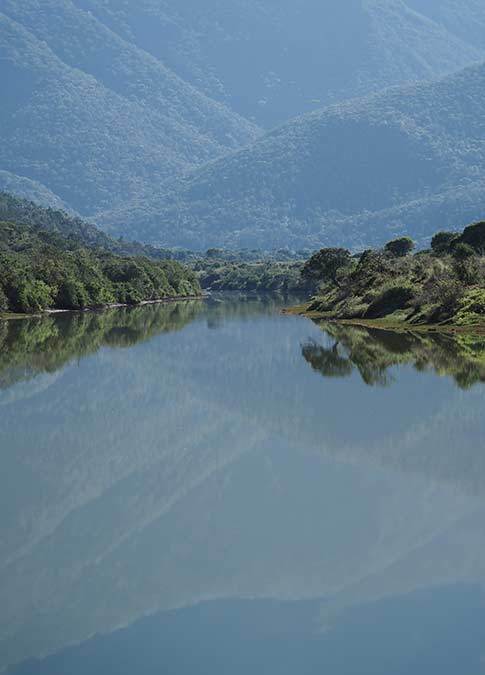Look! It's Pumbaa the Warthog
Warthogs were firmly thrust into the limelight by the classic Disney film “The Lion King.” Pumbaa the warthog was introduced to the world and every safari field guide since 1994 has experienced the joy of their guests shouting “Pumbaa!” at every appearance of them during a game drive in the African wild.
At Kariega Game Reserve in South Africa's Eastern Cape we have a healthy and growing population of Pumbaa's and our guests delight in any opportunity to observe their quirky characteristics and behaviour. Beyond their obvious charm, warthog are very interesting wild animals.
Read on to discover answers to some interesting questions about warthogs and enquire or book a safari at Kariega Game Reserve so you too can shout “Pumbaa!”

Where Does the Name Warthog Come From?
Warthogs get their name from the characteristic large wart-like bumps on the sides of their faces. Male warthogs have two pairs of 'warts' whilst female warthogs have only one pair. These bumps are made of bone and cartilage and are thought to protect the animal in their underground burrows and during fights, mostly when the males are competing for mating rights with the females.
Warthogs are Tough and Brave
Warthog canine teeth are particularly impressive. The lower pair of canines are extremely sharp as they are continuously rubbed against the upper set as the warthog's jaw opens and closes.
Warthogs have always struck me as being very tough. They can inflict a lot of damage to potential predators. They are also solidly built with males weighing anything from 60kgs to 150kgs. Females are slighter in build from 45kgs to 75kgs. Simba and Pumbaa’s friendship in Disney's Lion King would definitely have been stretched to the limit as lions are the biggest threat to warthogs. Other predators do prey upon them but at the risk of injury.
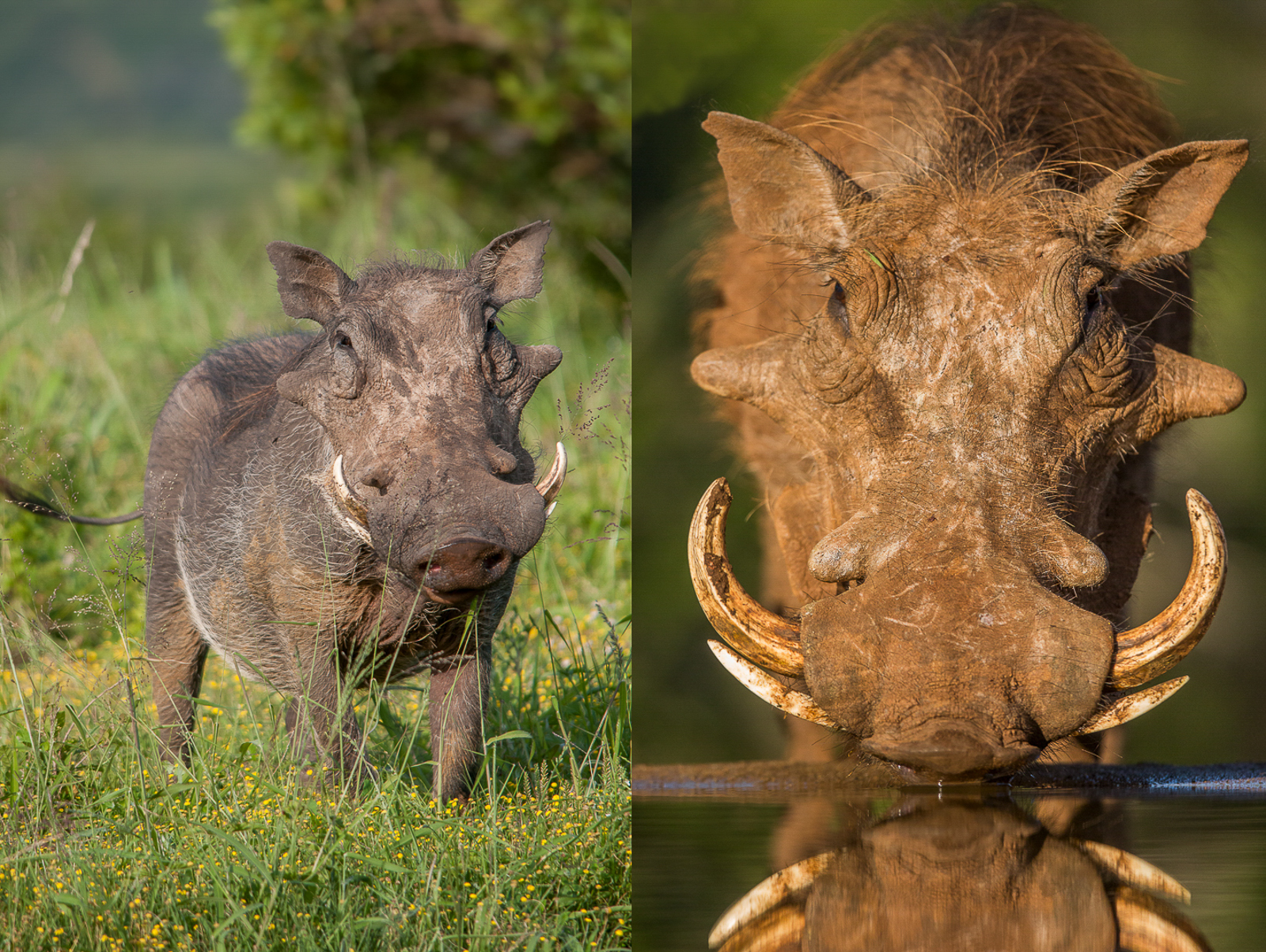
When Do Warthogs Give Birth?
Warthogs are seasonal breeders. The females come into oestrus in May (autumn in the southern hemisphere) and will give birth at the beginning of summer after the first rains. Interestingly the mating male deposits a translucent vaginal plug in the female which helps to minimise the chance of insemination by competing males.
Warthog females give birth in underground burrows that are often abandoned aardvark holes, culverts, erosion lines or even caves. They are capable of excavating burrows themselves as well, predominantly using their upper incisors. Female warthogs are pregnant for 152 -183 days or between five and six months.
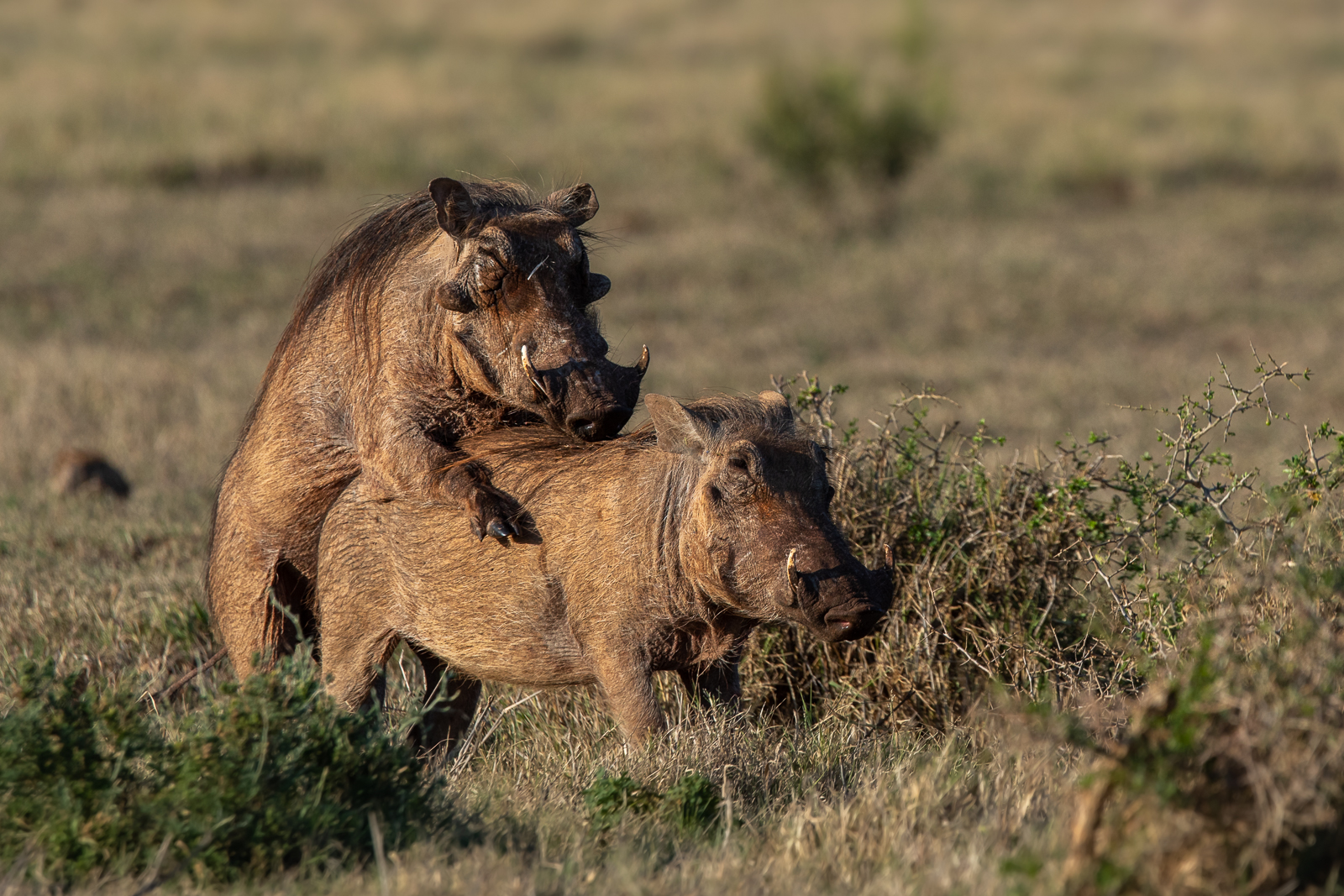
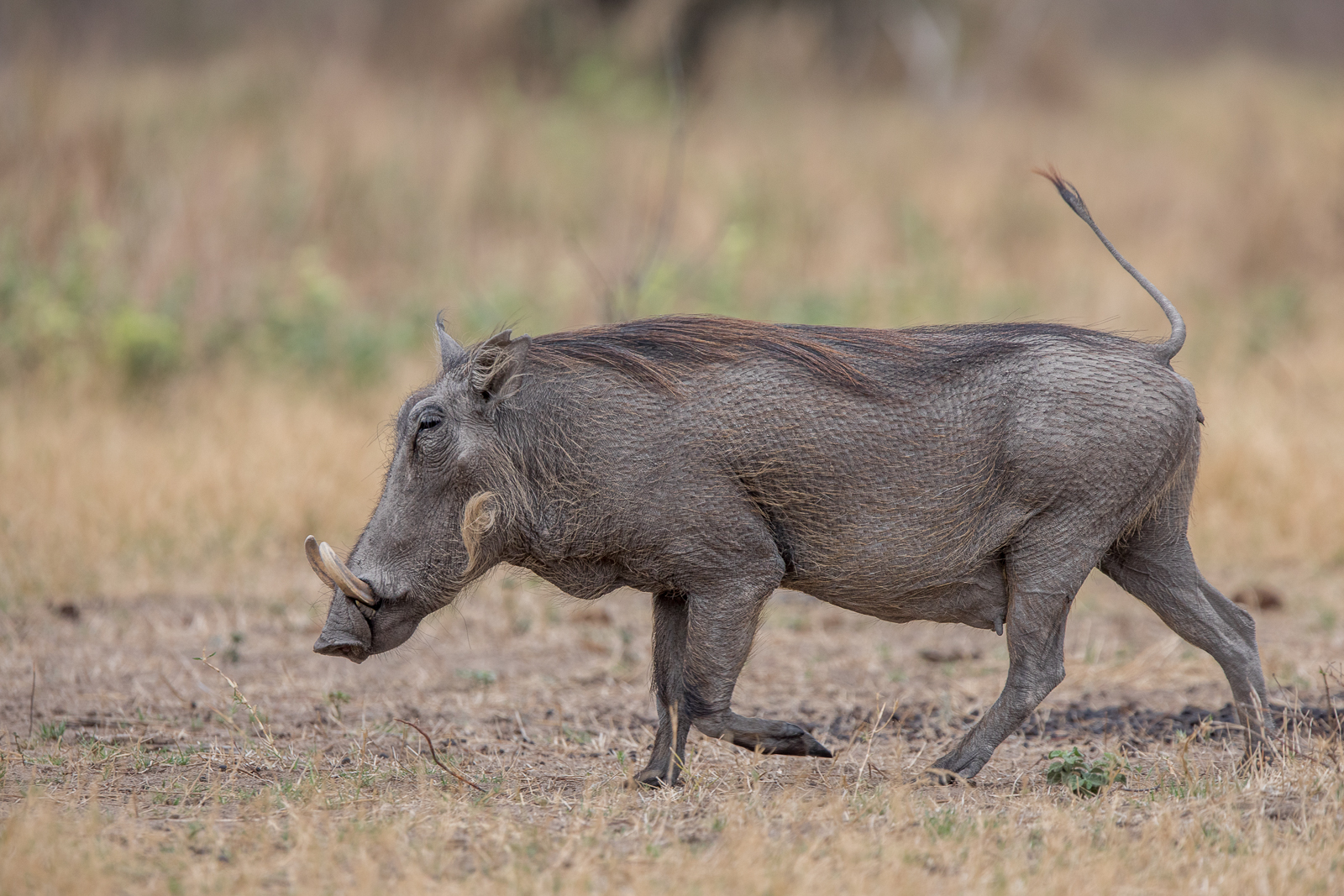
How Many Warthog Piglets are Born?
A female warthog will give birth to an average of four piglets. These little warthogs weigh around 500 grams at birth. Their burrow will often have nesting grass that the mother will carry in. The young are very susceptible to changes in temperature as they have very little fat and virtually no hair. The piglets will start to graze on grass and other plants at around one or two weeks.
Warthog piglets are weaned as early as nine weeks but have been observed to suckle for up to five months of age. The piglets reach sexual maturity at around 17 months but will still be social and gregarious after that. Males will leave their mothers sooner and form small groups when they become sub-adult. Whilst mature they usually only start to reproduce when they are around four years old.
Warthog females are solitary once they have had piglets. They will mix in loose groups, known as sounders, as the piglets get older.
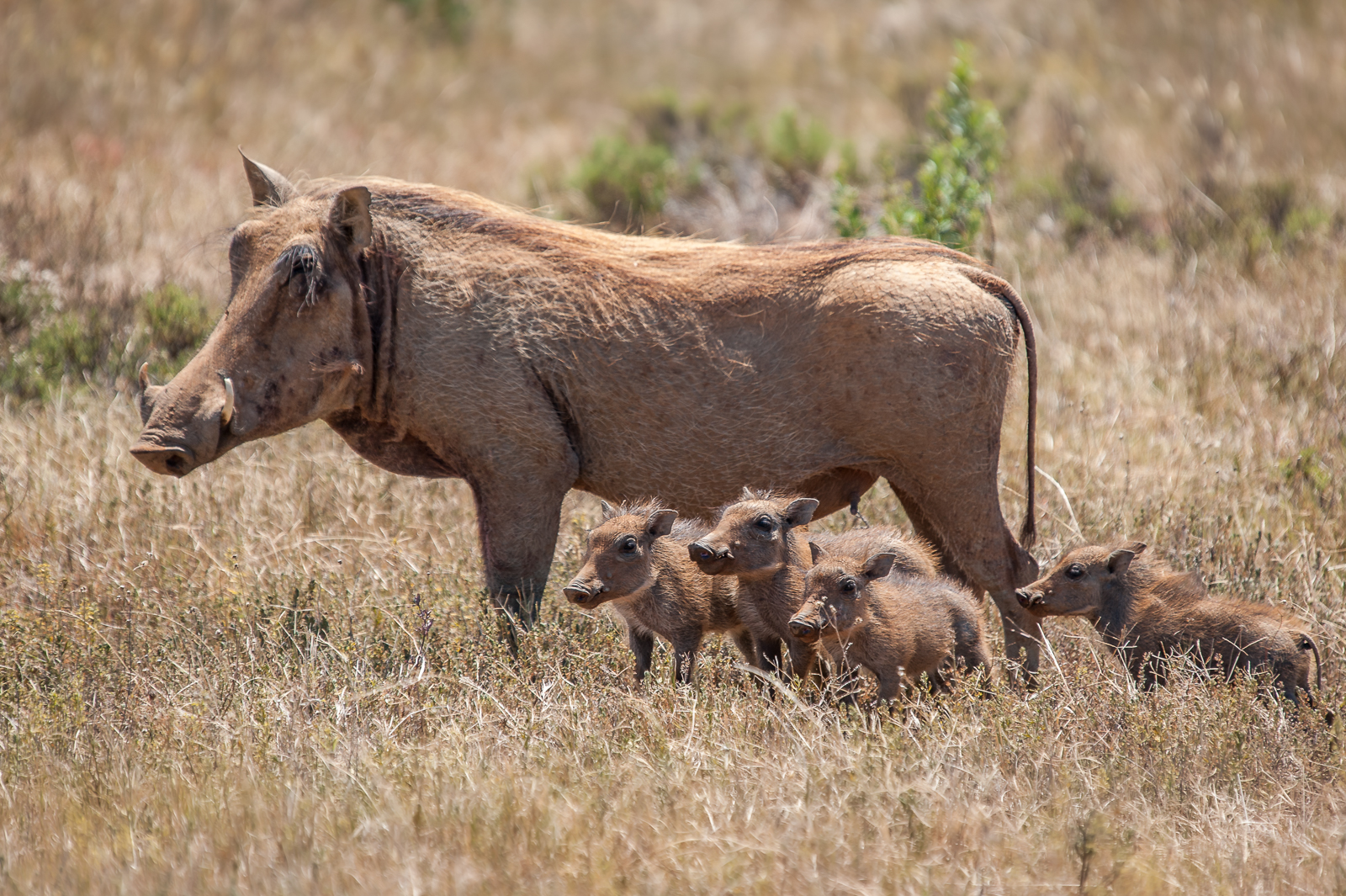
Why do Female Warthogs have Long Facial Hair?
Female warthogs tend to have a lot longer hair on the lower jaw line area. These longer haired facial crests are possibly used to mimic tusks, as they are less capable of defending themselves against the larger canines present in males. In general their body hair is very sparse.
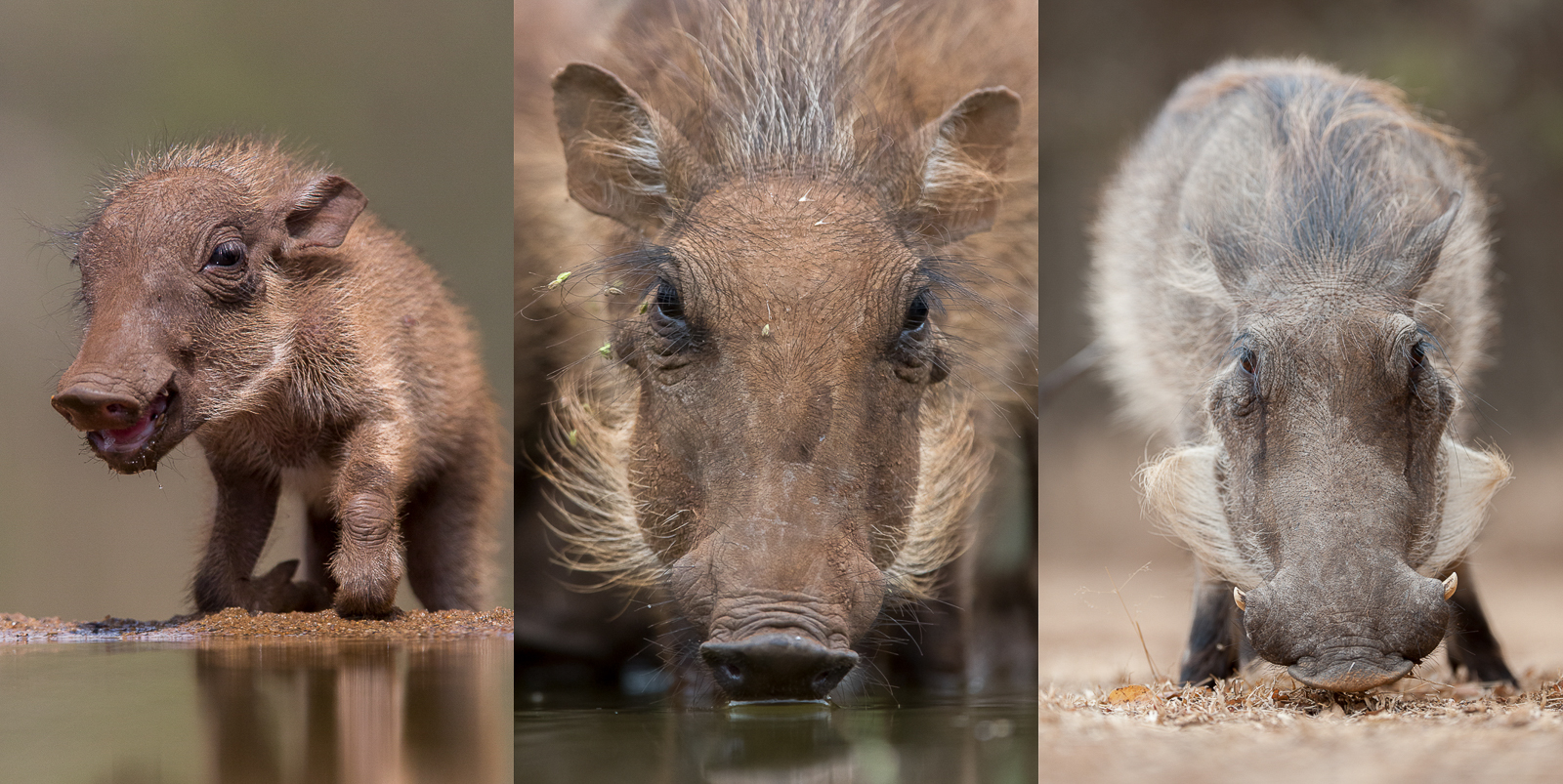
Why Does Pumbba the Warthog's Tail Stand Up When Running
An amusing characteristic of a running warthog is the raised tail. This is an involuntary action caused by the flexing of muscles in the legs and back. This is thought to serve as a visual signal for them to follow each other through long grass and vegetation, particularly for the vulnerable young. With their 'aerial' deployed, warthogs can run quickly away from danger while able to keep an eye on each other in long grass.
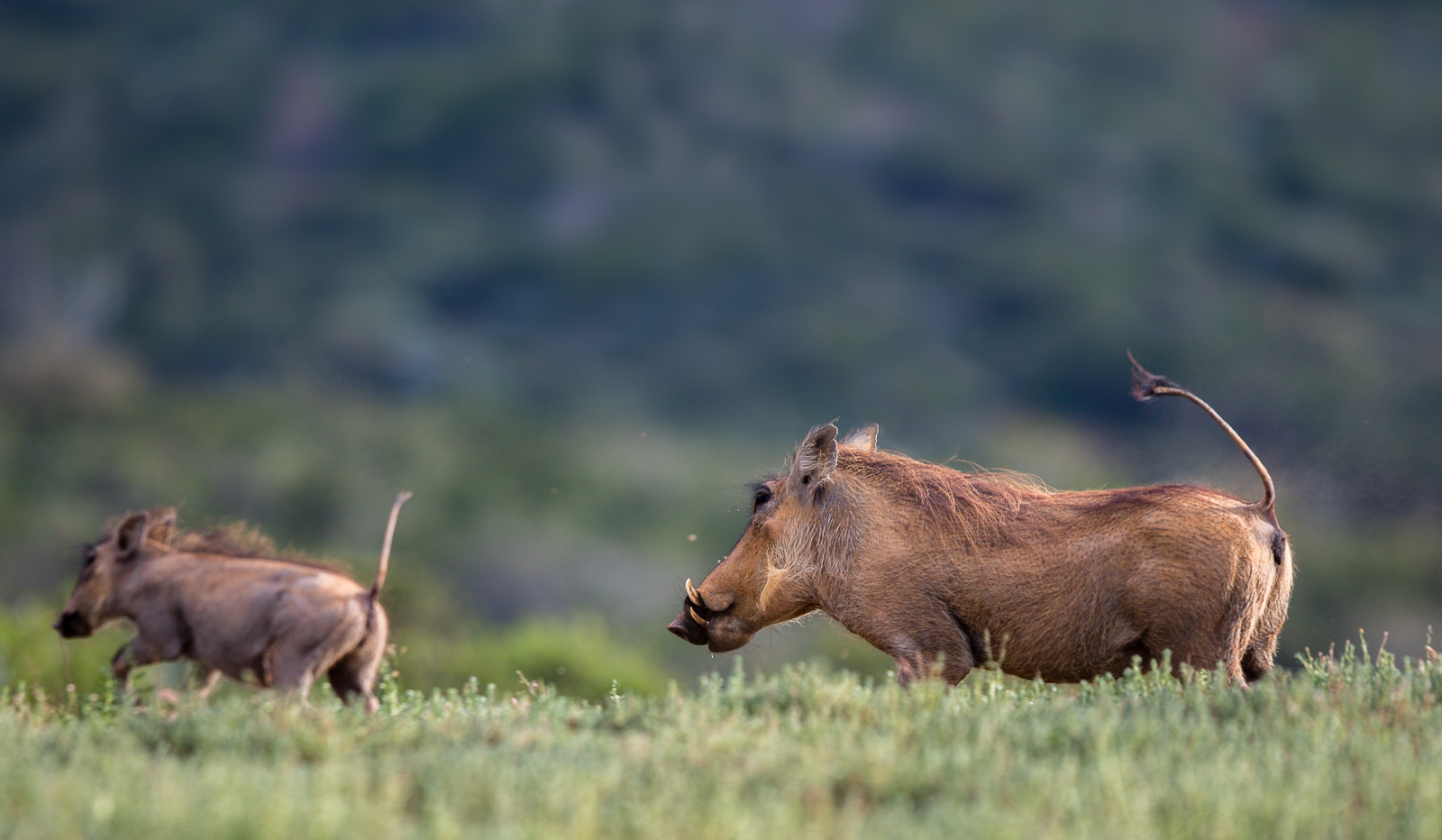
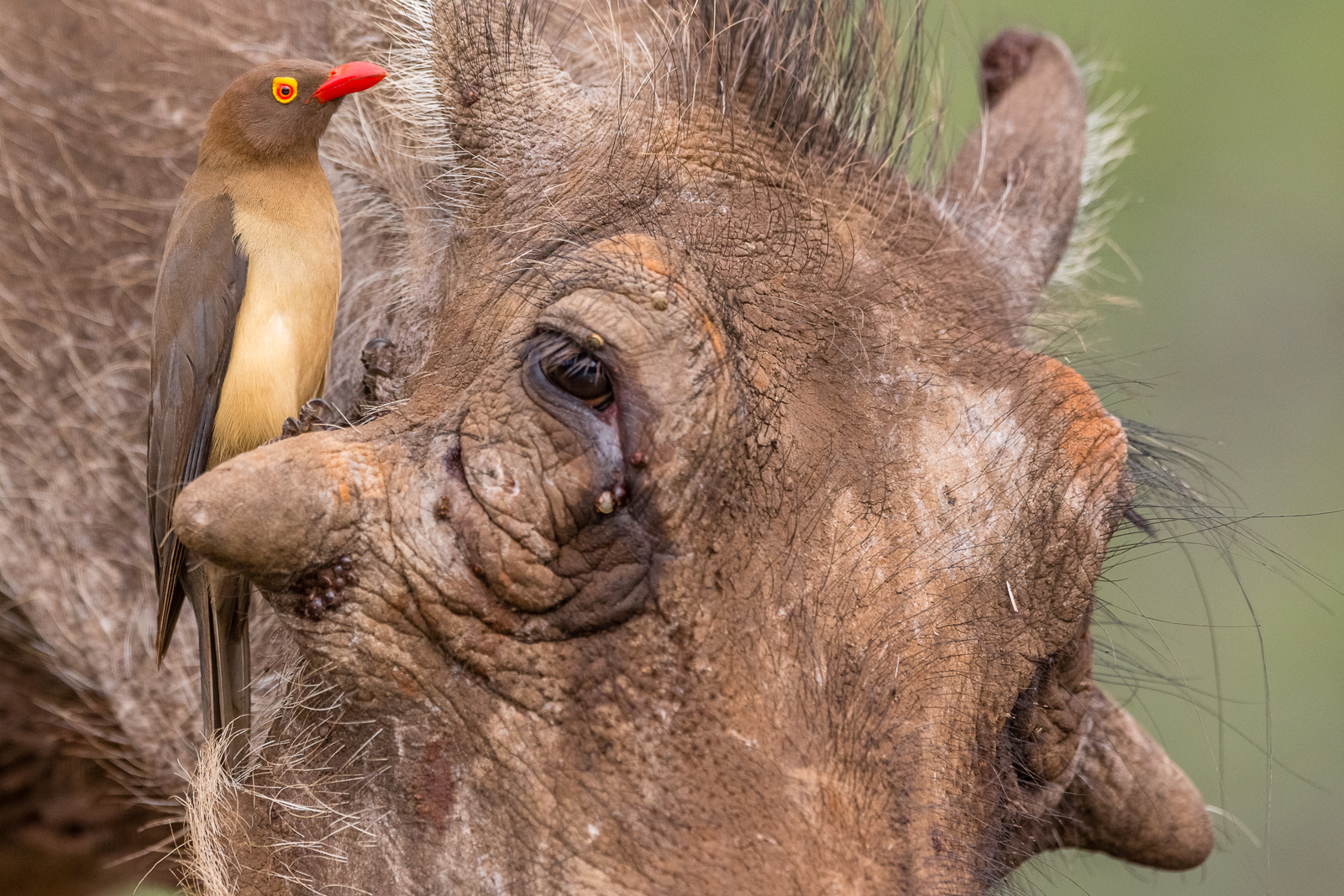
Share Your Pumbaa the Warthog Stories
Did you see Pumbaa while on Safari at Kariega Game Reserve? Please share your stories or photos by tagging us on Facebook, Instagram, Twitter, LinkedIn and YouTube. We love hearing from you.
If you are visiting Kariega Game Reserve in the near future we look forward to you joining your field guide in the search for these strong and comical creatures while on safari! If you are interesting in finding out more about a Kariega safari, please contact us.
Photograph and blog credit to Kariega field guide, Brendon Jennings.

